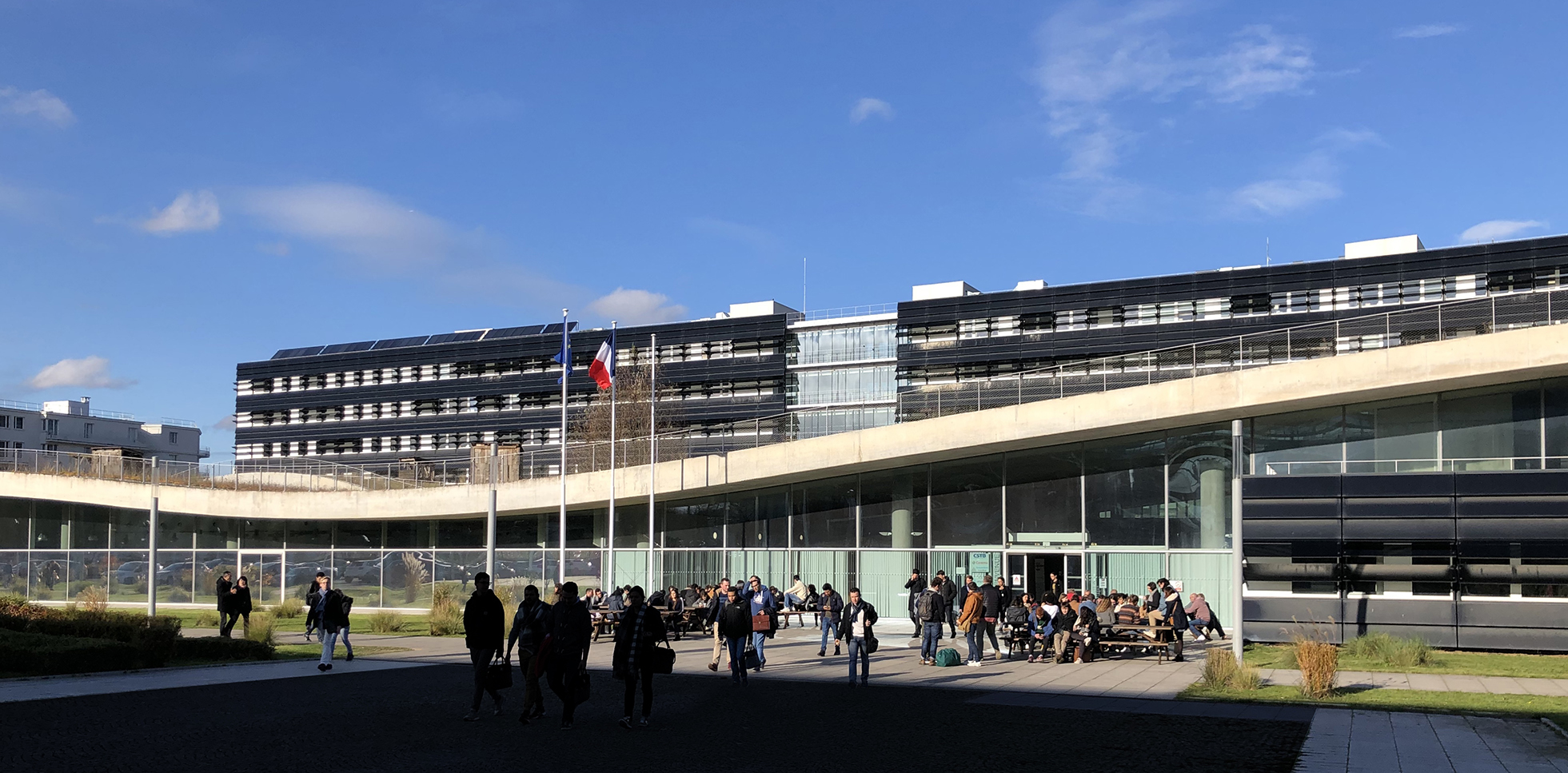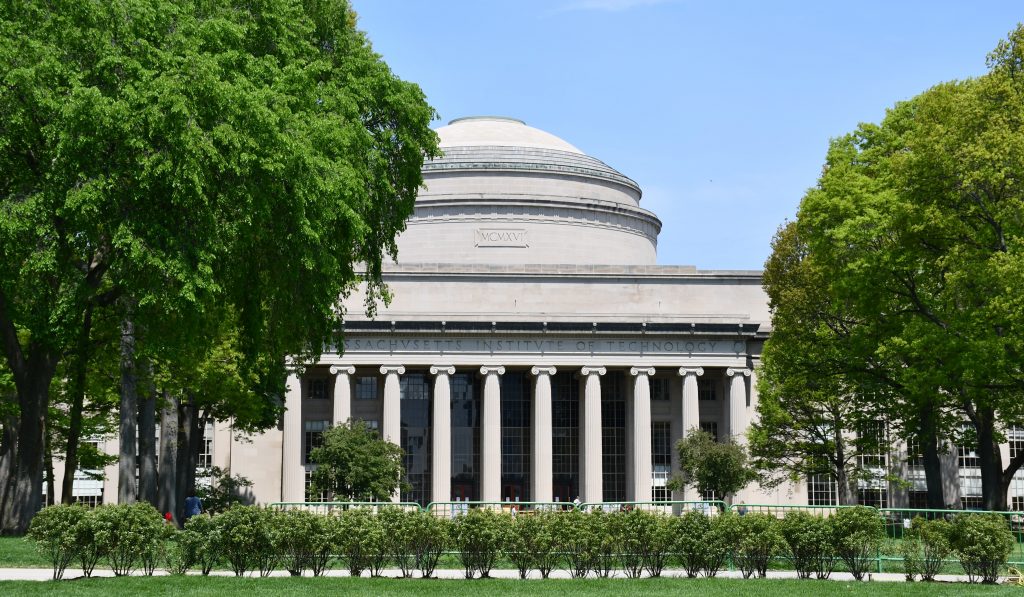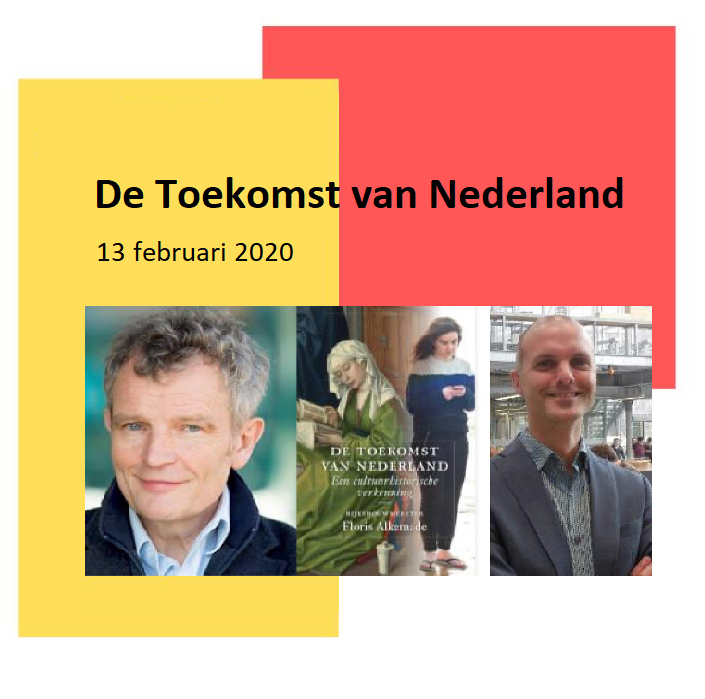In a special event Chief Government Architect Floris Alkemade gives a glimpse into his new essay “The Future of the Netherlands” and urban designer and architect Maurice Harteveld will explain how the city of the future can continue to offer everyone a place. Discussion is open to the public.
Tag Archives: planning
People, Movement & Public Space
Improving our ways to urbanise and innovate urbanisation processes are needed in order to meet the UN Sustainable Development Goals, hence deliver the Quito New Urban Agenda promise. During the Future Days event, participants renewed the listing of urban topics. They bridge the gaps between academics and practitioner. They have presented much more evidence-based policies at the global level and with local examples and test-beds. And, they generated a better understanding of the driving forces of urbanisation and of the needs for better regulating the processes.

People, Movement and Public Space
In a keynote at the Future Days 2019 event, themed ‘Legacy and Future of our Cities’, I illuminated the interdisciplinary topic ‘people, movement and public space’, in order to understand assembled complexities of cities which go along with this topic. I introduced a four-step approach: First, a network-theoretical approach in the analyses of path systems, aiming to understand the complex dynamic systems of real cities better. Second, the analyses of personal perspectives on these paths apply more a non-linear approach to understand complex trajectories and interactions in reality. Third, engaged with the human-adaptive approach, analysing the psychology of place helps to understand patterns in the evolutionary inter-subjectivity of being in cities. Lastly, by observing public life, understanding the emergence of life in real cities, and non-equilibria, may be understand from a self-organising approach.
Continue reading
WhatsApp Chat with Professionals
A professional often thinks in the existing structures from practice, in defined tasks and ditto responsibilities. Students think beyond. It is one of the reasons that students and professionals have been linked to each other during a parallel running professional design study and master studio, called ‘The City of the Future’.
Continue reading
Re-Learning Public Space
An Action Research Event
When: 28th – 30th June, 2018
Where: AMS Institute, Mauritskade 62, 1092 AD Amsterdam

Urban researchers, planners, communication experts, geographers, architects, as well as active citizens, policy makers trace the stories behind contemporary appropriations of public space. They identify related dilemmas and formulate research questions by liaison with locals, designing an alternative city guide inspired by a set of broad, yet timely themes: The ludic team focusses on the affordance of creative reuse an play in the city, grounded in co-creating public space. The circularity team focusses on self-sufficiency in the city, as manifested by places of gathering and sharing and tangible in productive urban landscapes. The informal team focusses on emerging inequalities and politicisation/de-politicisation, as a result of global commons and local governances of urban places. The wild life team shifts focus to the place of animals in our city. The mass tourism team shines the light on the effect of visitors, travelers, and short-stay residents on the public sphere.
Continue reading
Conversations in the Anthropocene

Introducing the Anthropocene
Colin Waters is Secretary of the Anthropocene Working Group of the Subcommission on Quaternary Stratigraphy, the body investigating the Anthropocene as a potential geological time unit. His working group is putting forward a proposal towards the recognition of the proposed new epoch. They started in 2009 and up until last year, they were pulling together all information that was available. “For example the biological changes that have happened are irreversible. Once species are transferred across the planet, you can’t put them in a box and put them back in their indigenous state”, he has explained while being our guest in Delft: “Even things like carbon dioxide, this will last as a signal for thousands of years. Even if we are reducing our carbon emission immediately, we are still looking at emissions which are going to be elevated above natural levels for thousands of years. At the present, there is no indication that we are changing that trend.” The human impact may be like a meteorite impact. At the end of the Cretaceous Period when the dinosaurs became extinct, a spike of iridium (an extra-terrestrial element) changed the conditions on Earth. “You still find a layer of a few millimeters thick which is high in iridium, and we can use that as the basis of the start of the new Paleogene Period following the Cretaceous.” It has been “a state change, a game-changer, to a state which now is very different from what it was before and is not recreatable to a large extent either.” What is our share, as designers?
Architecture is perhaps one that we have not mined sufficiently in the past that can provide information that is new to us and help build the story that we are developing. – Colin Waters
Moving and Meeting in the Boston Metro
In a flying visit to Greater Boston, particular urban design themes related to the city of the future have become manifest once again. On the one hand, thoughts on infrastructure and public space need to be interrelated. People move in various ways, yet the faster they move (most likely by individual or collective transport), the less exchange between them will happen. Although highways and rail tracks increase accessibility and connectivity, and are of extreme importance for the metropolis, it is known that these bundles may cause barriers for those present locally, on both sides to meet and greet. The impact of the Central Artery tunnel project and Rose F. Kennedy greenway on the Boston downtown waterfront is a classic example in showing the importance of designing public places and creating walkable space in a dense urban development. Pedestrian spaces, preferably supported with undergoing public transit or smart hubs alike, is only not less space consuming, but also serves the gathering of people in a better way, hence it serves coincidental exchanges between them. The images of a ‘before’ and ‘after’ the dramatic transformation are a clear witness of this. The same is true in the recently developed business improvement districts. In a opposite way the surplus of fast lane infrastructure generated a lack of public place thus human exchange. The transit hubs of the North and South Station areas may be multi-layered centrality hubs which easily could follow the same strategy, yet here little of this is visible here. Current transformation may be just a first step in improving the stations’ premises. With their high potential in the public spheres, they will be definitively the next challenging urban transformation areas in need to be directed by the City. On the other hand, the City as the public government is not alone in this. Other non-gov stakeholders and pro-active citizens join in the urban development too. Historic Washington and Summer Street areas show what can be the impact collaborative improvements and community development. In fact every citizen has impact simply by being present in the city. People are the prime actors in the urban networks and physical systems. They make the urban space public. It is omnipresent when one would simply walk from School-Franklin, Bedford West, and Park Plaza to City Hall, and trace whatever they do and sense in the city. It adds another perspective to future intervention areas.

Boston, 15-17 May 2018
Massachusetts Institute of Technology (MIT)
Boston Planning & Development Agency (BPDA)
Harvard Graduate School of Design (GSD)
City of the Future Competition
Making Cities in Times of Major Transitions
On January 10, 2018, our research ‘The City of the Future’ has starts. This study explores new ways of city making by using five test locations of 1 x 1 km in the cities of Amsterdam, Rotterdam, The Hague, Utrecht and Eindhoven (five most populated cities in The Netherlands). We question how we can interrelate urban development, whilst urban design, planning and engineering, to upcoming challenges like shifts in transport, energy transition, circular economy and other system and network innovations, in times of the next generation of densification.
Continue reading
Exploring Metropolitan Design
The Amsterdam Institute for Advanced Metropolitan Solutions (AMS), the Delft Deltas, Infrastructures & Mobility Initiative (DIMI), and the International Forum on Urbanism (IFoU) joined Delft University of Technology in the organisation of the interdisciplinary 2017 Summer School:‘Making the Metropolis: Exploring Interdisciplinary approaches in Metropolitan Design Engineering’.
Royal Visit to Expo
Besides meetings with the authorities and the official events of the state visit, King Willem-Alexander of The Netherlands visits the ‘Next City Living Lab’, the Dutch pavilion at Beijing Design Week. The expo embodies innovation and creativity for a better urban future, it also aims to demonstrate the spirit and strengths of Dutch design: Delft University of Technology presents Reclaiming the Human Space to promote social sustainability and better standards of life. In this expo, the king is being informed on the future urban challenges in the People’s Republic, including humanisation of planning, integration of social groups, recreation of community places, and rehabilitation of daily-life environments. This agenda is exposed in the midst of other exhibitions from leading Dutch design firms including West8, OMA, MVRDV, NL Architects and UN Studio.
Design of Public Space
The design of the public space is one of the fundamental assignments for professionals involved in urban design and planning. Constructing and (re)forming the network of public space is even conditional for any kind of urbanity. It includes more than just the lay-out and beauty of spaces, as the design of public space has to be able to facilitate new kinds of usage, preconditioning any plausible development of multiple and complex use, and in general housing the dynamics for social change and exchange.
Continue reading


